Global organizations across industries are embracing digital transformation to enable remote work environments and reduce operating costs through improved efficiency. Specifically, implementing procurement software is a common approach to streamlining source to pay operations and allowing personnel to shift their focus to strategic activities rather than manual, tactical tasks.
What is Digital Procurement?
Digital procurement tools (which were originally called e-procurement) typically take one of two forms: full suite and best of breed. Full suite solutions that serve the entire source to pay process have been around for decades and have become increasingly popular as companies better understand the related ROI and soft benefits. In its simplest form, digital procurement is the process of buying goods and services electronically in a business-to-business environment. Digital procurement solutions replace antiquated e-mail and paper driven processes from upstream (i.e., sourcing) to downstream (i.e., supplier payments) and everything in between. Most modern digital solutions are cloud-based and allow personnel to perform the following source to pay activities:
- Run sourcing events
- Onboard and manage supplier information
- Manage contracts
- Process and approve requisitions
- Manager purchase orders
- Process supplier invoices
- Review reports and analytics
These are common modules that organizations choose to enable when implementing a digital procurement suite. However, most providers have an a-la carte system where organizations can customize their purchase to only select the modules they need. For example, if an organization needs to process requisitions, manage purchase orders, and process supplier invoices, they can purchase the appropriate Procure to Pay modules and choose not to bring on sourcing or contract management modules.
There are many benefits to digitizing your procurement process. A few of these are:
- Process automation reduces transactional cycle times (e.g., invoice to pay)
- Cost savings through built in monitoring tools that help control costs and reduce overhead
- Standardized purchasing through preferred contracts
- Enhanced end-user experiences via interactive guided buying
- Increased spend visibility through centralized information; available to all levels of the organization
- Simplified roles and responsibilities
- A reduction in tactical work, which can increase focus and free up time for more strategic activities
Implementation Approach:
Digital procurement systems come with great tangible benefits, but organizations cannot simply flip a switch to turn on the technology. Typically, organizations go through an assessment of current processes and operations, select the technology that best fits their needs then design and implement the tools around future state needs. Often companies force technology enablement without considering the full procurement ecosystem, including the organization and processes, and wind up with a suboptimized toolset.
Below are some of the most important aspects to consider when implementing digital procurement tools:
- Current technology landscape that may affect integration requirements
- Centralized vs. de-centralized operations affecting future state design
- Number of active suppliers that would need to be on-boarded to the new system
- Process transformation required to enable new technology
- How you will drive system adoption to increase usage of the new tools
- Scope of spend (categories, dollars, transaction volumes, etc.) that would be processed through the system, which can affect integration requirements and in-house training
Overall, digital procurement solutions have allowed organizations to reduce operating costs, increase spend visibility, and transform procurement departments from tactical to strategic. By approaching the implementation with your organization and processes in mind (and adjusting as needed), you are much more likely to reap the benefits of your technology investment.
Subscribe to ProcureAbility Insights to access whitepapers, presentations, plus our latest thought leadership.



